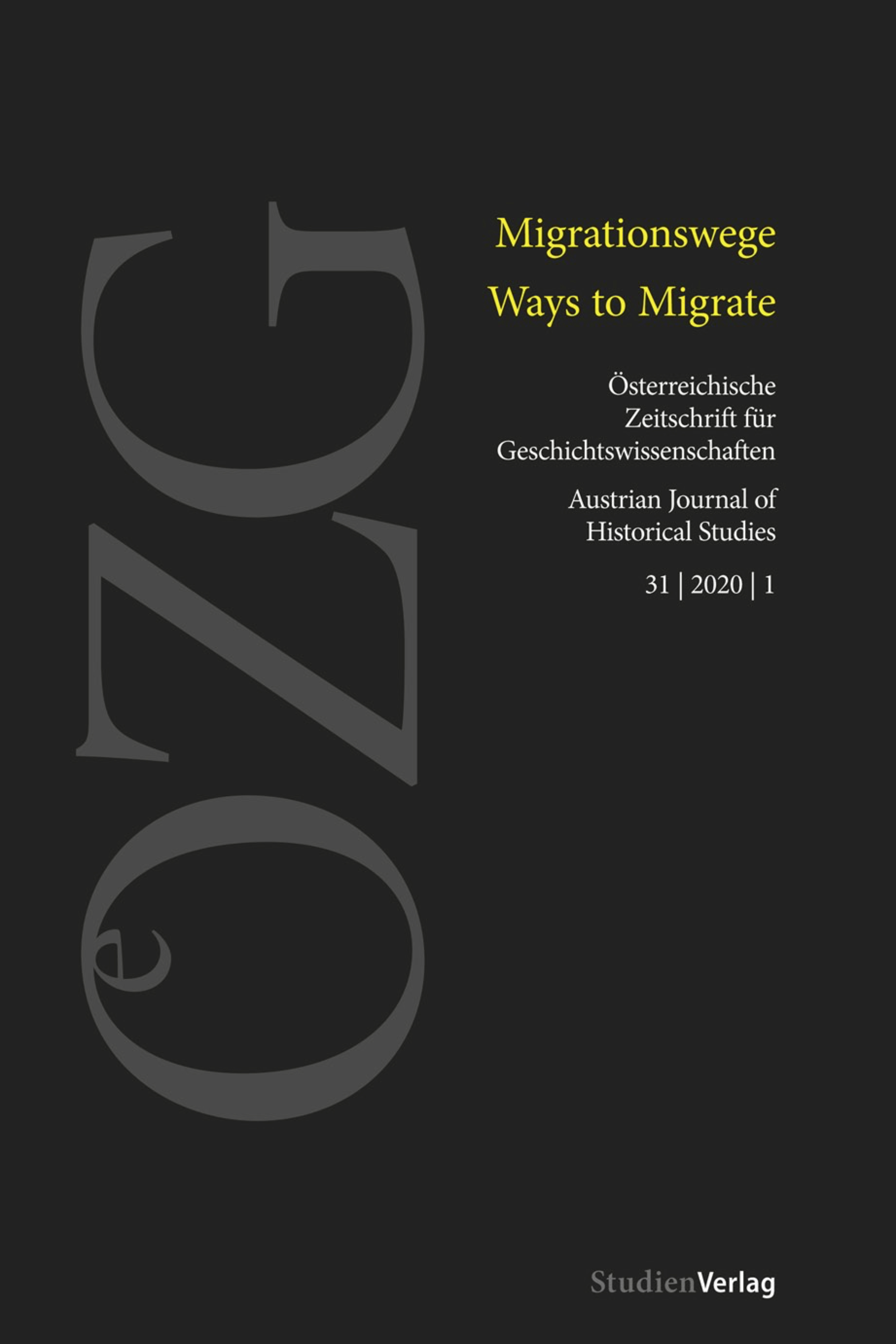Von Mobilität zu Migration
Ländlicher Alltag und die Entstehung des sächsisch-böhmischen Grenzregimes im 19. Jahrhundert
DOI:
https://doi.org/10.25365/oezg-2020-31-1-5Schlagworte:
rural mobility, short-distance mobility, temporary mobility, sedentariness, border regime, migration regime, Saxony, Upper Lusatia, Austria, Bohemia, 19th CenturyAbstract
Contemporary Saxon immigration statistics noted a vast “floating population” in the multilocal and transregional border society of Upper Lusatia but did not consider them immigrants. Indeed, agricultural and factory workers – the majority of them women – showed a high level of mobility, some of them even on a daily basis. On the one hand, national authorities on both sides of the border struggled to categorize and control these short-distance and temporary, but widespread mobilities. Customs checks, on the other hand, gave rise to a personalised border control. These checks not only targeted the small-scale mobility that was highly common in the border region, but also promoted the establishment of sedentariness and border regulations as the normal scenario in local society. But it was not until the late 19th century that there was migration control with cultural and racist undertones.
Downloads
Veröffentlicht
Zitationsvorschlag
Ausgabe
Rubrik
Lizenz
Copyright (c) 2020 Katrin Lehnert

Dieses Werk steht unter der Lizenz Creative Commons Namensnennung 4.0 International.


